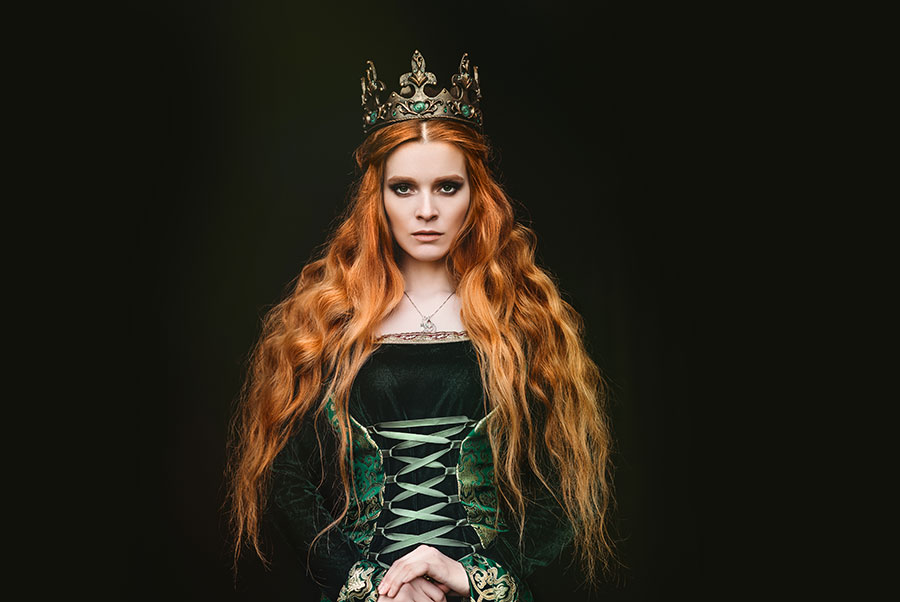… and they lived happily ever after?
When Duchess Meghan Markle and Prince Harry decided this year to leave the royal family in England, many observers wondered whether the move signaled trouble in their fairytale romance.
Classic fairytales might be able to predict their future, says Anne Beall, author of “Cinderella Did Not Live Happily Ever After” and an expert on data research and the psychology of gender, according to a news release.
She analyzed 169 classic Grimm’s tales and found that princesses are sad and there is no “happily ever after.” Using statistical methods to identify hidden patterns, she discovered that “happily ever after” often is elusive or questionable for women who marry a prince or a king.
Looking at the characters’ emotions, she found that:
Though princesses express happiness when they find their prince, the next most-often expressed emotions by this group are sadness (26 percent) and fear (22 percent).
Princesses in fairy tales are likely to be in terrible situations, such as being captured and locked away or tormented by a stepmother.
Princes and kings are happy. Almost half (41 percent) of kings’ expressions and more than half (56 percent) of princes’ expressions are happy.
In contrast, queens express the emotion of sadness the most at 41 percent.
Given what fairy tales portend, Anne says, perhaps what’s truly shocking is not that Meghan was unhappy, but that she had the nerve to leave.

